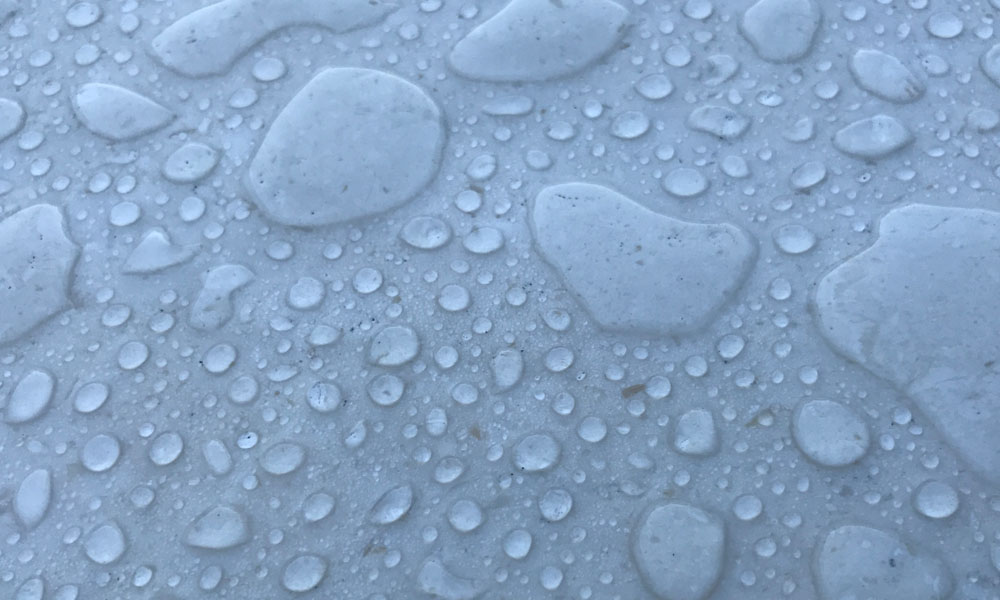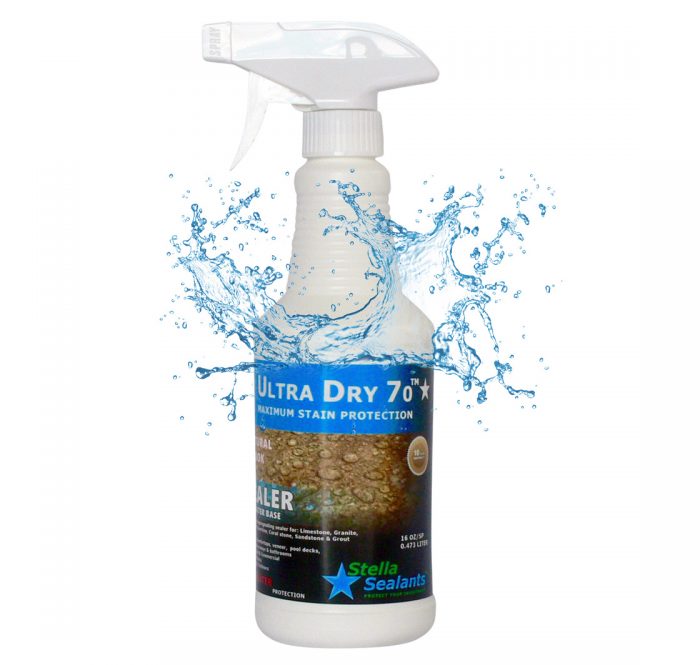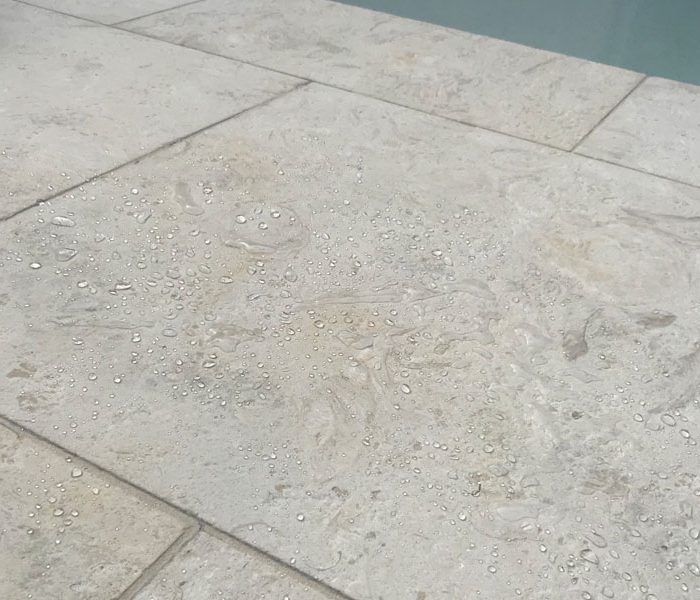Limestone Sealer
Limestone Sealer
Limestone is a sedimentary rock, composed mainly of skeletal fragments of marine organisms such
as coral, forams and molluscs.
Its major materials are the minerals calcite and aragonite,
which are different crystal forms of calcium carbonate (CaCO3).
About 10% of sedimentary rocks are limestones.
The solubility of limestone in water and weak acid solutions leads to karst landscapes,
in which water erodes the limestone over thousands to millions of years.
Most cave systems are through limestone bedrock.
Limestone has numerous uses: as a building material, an essential component of concrete (Portland cement),
as aggregate for the base of roads, as white pigment or filler in products such as toothpaste or paints,
as a chemical feedstock for the production of lime, as a soil conditioner,
or as a popular decorative addition to rock gardens.
The first geologist to distinguish limestone from dolomite was Belsazar Hacquet in 1778
Like most other sedimentary rocks, most limestone is composed of grains.
Most grains in limestone are skeletal fragments of marine organisms such as coral or foraminifera.
These organisms secrete shells made of aragonite or calcite, and leave these shells
behind when they die.
Other carbonate grains comprising limestones are ooids, peloids, intraclasts, and extraclasts.
Limestone often contains variable amounts of silica in the form of chert (chalcedony, flint, jasper, etc.)
or siliceous skeletal fragment (sponge spicules, diatoms, radiolarians),
and varying amounts of clay, silt and sand (terrestrial detritus) carried in by rivers.
Some limestones do not consist of grains at all, and are formed completely by the
chemical precipitation of calcite or aragonite, i.e. travertine.
Secondary calcite may be deposited by supersaturated meteoric waters
(groundwater that precipitates the material in caves).
This produces speleothems, such as stalagmites and stalactites.
Another form taken by calcite is oolitic limestone,
which can be recognized by its granular (oolite) appearance.
The primary source of the calcite in limestone is most commonly marine organisms.
Some of these organisms can construct mounds of rock known as reefs, building upon past generations.
Below about 3,000 meters, water pressure and temperature conditions cause the dissolution of calcite
to increase nonlinearly, so limestone typically does not form in deeper waters
(see lysocline). Limestones may also form in lacustrine and evaporite depositional environments.
Calcite can be dissolved or precipitated by groundwater, depending on several factors,
including the water temperature, pH, and dissolved ion concentrations.
Calcite exhibits an unusual characteristic called retrograde solubility,
in which it becomes less soluble in water as the temperature increases.
Impurities (such as clay, sand, organic remains, iron oxide, and other materials)
will cause limestones to exhibit different colors, especially with weathered surfaces.
Limestone may be crystalline, clastic, granular, or massive, depending on the method of formation.
Crystals of calcite, quartz, dolomite or barite may line small cavities in the rock. When conditions
are right for precipitation, calcite forms mineral coatings that cement the existing rock
grains together, or it can fill fractures.
Travertine is a banded, compact variety of limestone formed along streams;
particularly where there are waterfalls and around hot or cold springs.
Calcium carbonate is deposited where evaporation of the water leaves a solution
supersaturated with the chemical constituents of calcite.
Tufa, a porous or cellular variety of travertine, is found near waterfalls.
Coquina is a poorly consolidated limestone composed of pieces of coral or shells.
During regional metamorphism that occurs during the mountain building process
(orogeny), limestone recrystallizes into marble.
Stella Sealants has great limestone sealer product you can find it in our products section.







